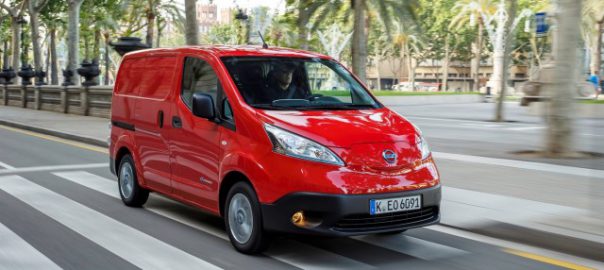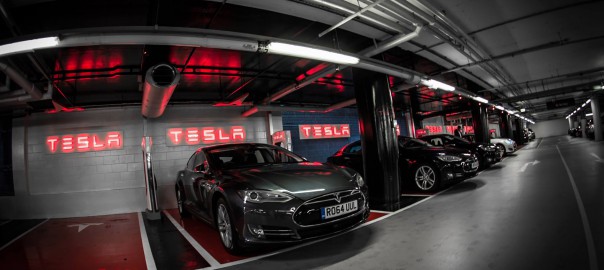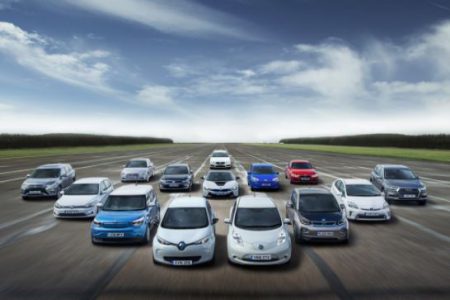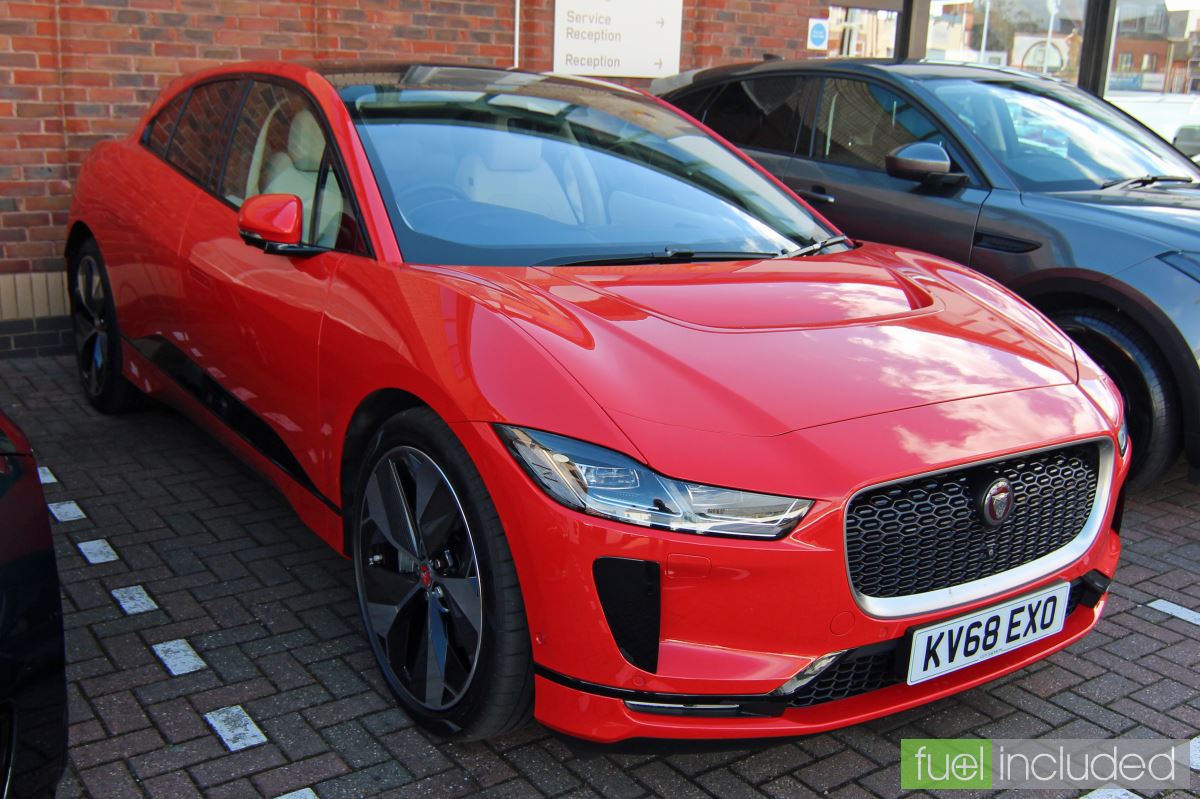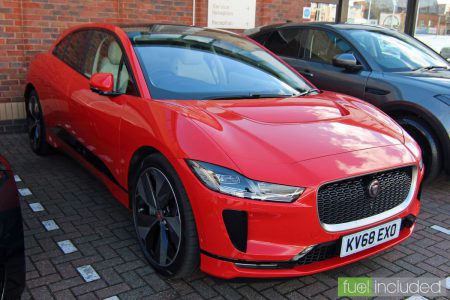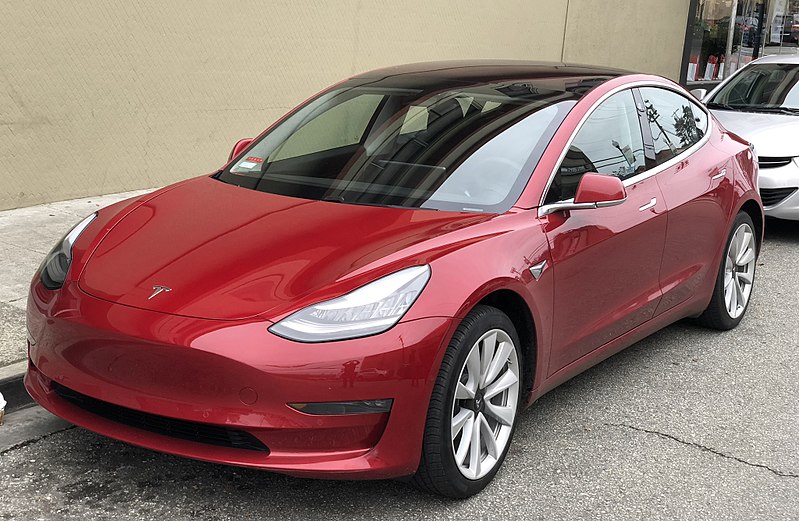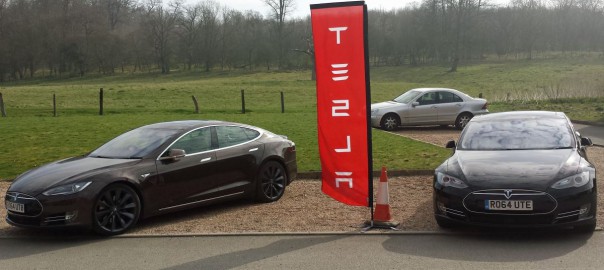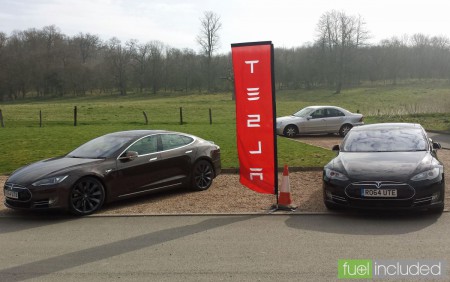Looking for a large, electric car with seven seats? We’ve listed the best options currently available
Electric car buyers in the UK have more choice than ever before. With the number and variety of different electric cars for sale continuing to rapidly expand, there’s an EV out there to suit almost any requirements. That includes those of buyers with big families looking for 7-seat electric cars or businesses who need a six or seven-seat vehicle to transport staff and clients.
To comfortably carry six or seven adults and some amount of luggage, you’re going to need a large vehicle and so the available options for buyers seeking a seven-seater that runs on electric power mainly boil down to larger SUVs or MPVs. Lots of the electric MPVs on today’s market are based on commercial vehicles and offer huge amounts of space as a result, while the SUVs tend to be a little less roomy in the third row but tend to deliver a more premium feel in terms of the cabin environment and driving experience.
Electric seven-seaters make a lot of sense for those who make a lot of short trips such as commuting or doing the school run, as this is where the lower running costs, zero-tailpipe emissions and quieter ride can really pay off, especially in congested or urban environments.
Read more: AutoExpress
It’s Time to Go Green!
If you would like to know more about Solar Panels and the PowerBanx range of home battery systems, and get a free instant quote, please complete our online form:

